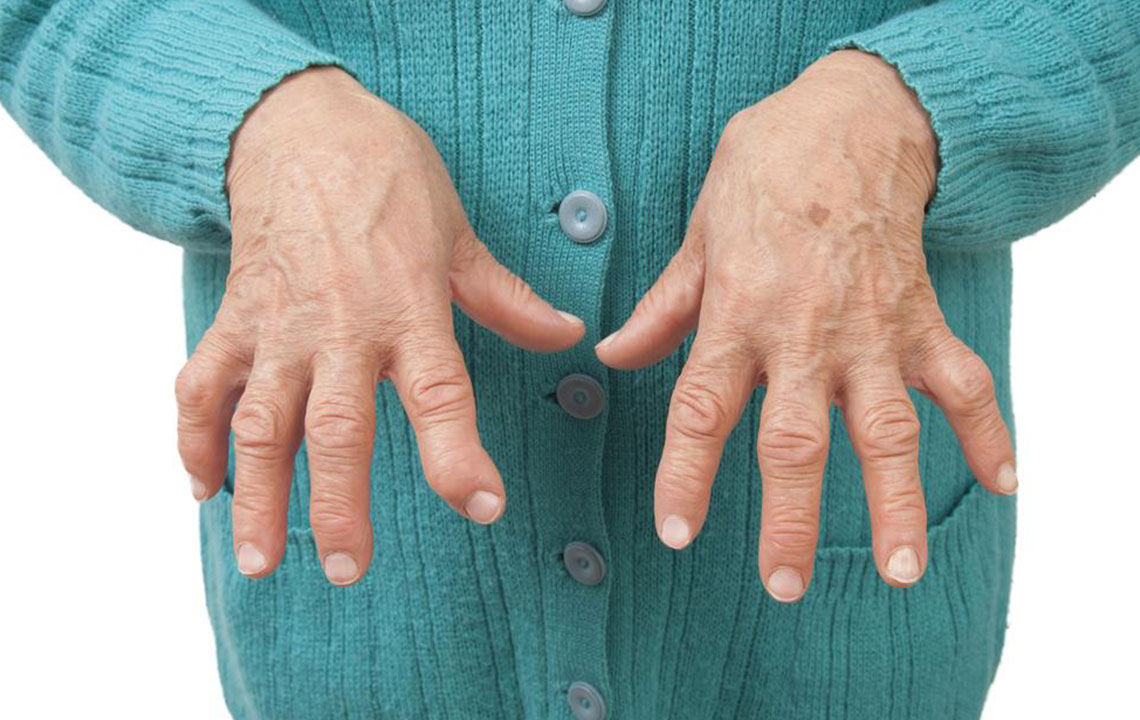Uncovering the Essential Truths About Joint Inflammation and Arthritis
This comprehensive article explores essential facts about joint inflammation and arthritis, including causes, symptoms, risk factors, and treatment options. It aims to educate readers on early diagnosis and effective management strategies to improve quality of life. Discover how lifestyle changes, medications, and surgical interventions can help manage this widespread condition and prevent joint deterioration.

Uncovering the Essential Truths About Joint Inflammation and Arthritis
As humans age, their bodies become increasingly vulnerable to various health conditions that can severely impact mobility and quality of life. Among these, joint inflammation, widely known as arthritis, is one of the most common and challenging ailments affecting millions worldwide. Arthritis does not discriminate; it impacts both the elderly and younger demographics, including adults and even adolescents, making it a pervasive concern in overall health management.
Joint inflammation or arthritis involves a combination of swelling, pain, and irritation within the joints — the critical points where bones meet and articulate. These joints serve as the body's mobility hubs, allowing us to move, perform daily activities, and maintain balance. When inflammation occurs, it can lead to pain, stiffness, and eventually, reduced function, impairing daily life activities and physical independence. There are over 100 distinct types of arthritis, each with unique causes and symptoms; however, osteoarthritis (OA) and rheumatoid arthritis (RA) are the most prevalent forms affecting the general population.
Research suggests that gender and body weight play significant roles in the susceptibility to arthritis. Women are generally more prone to developing certain types of arthritis, especially RA, potentially due to hormonal influences or immune system differences. Similarly, individuals carrying excess weight face increased pressure on weight-bearing joints like the knees and hips, accelerating cartilage deterioration and inflammation. Understanding these factors is crucial for early intervention and targeted treatment strategies.
What Are the Major Triggers of Arthritis?
Trauma or injury to a joint is a primary catalyst, often causing immediate damage to cartilage—the vital elastic tissue responsible for cushioning joints and facilitating smooth, pain-free movement. When cartilage sustains damage, it leads to increased friction between bones, resulting in pain and stiffness. Repetitive stress from strenuous activities or occupation-related motions can exacerbate this damage over time, accelerating the degeneration process.
Infections within joints, known as septic arthritis, can also initiate or worsen inflammation. These infections may be caused by bacteria, viruses, or fungi and often require prompt medical treatment. Beyond injuries and infections, genetic predisposition significantly influences the risk of developing certain types of arthritis, primarily through inherited immune response variations or cartilage structure anomalies. Autoimmune disorders, where the immune system mistakenly attacks joint tissues, are central to rheumatoid arthritis and other autoimmune joint conditions.
Furthermore, lifestyle factors such as smoking, excessive alcohol consumption, and poor nutrition contribute to systemic inflammation, which can aggravate joint symptoms and progression of the disease.
What Are the Typical Symptoms of Arthritis?
Because arthritis encompasses over a hundred different conditions, symptoms can vary widely. The most common symptoms include persistent joint pain, stiffness, and swelling. Osteoarthritis often manifests as joint pain worsening with activity, coupled with stiffness after periods of inactivity, like in the morning or after long periods of rest. The cartilage breakdown causes bones to rub directly against each other, producing a grinding or creaking sensation, often referred to as crepitus.
In contrast, rheumatoid arthritis is characterized by prolonged joint pain and swelling that persist over six weeks or more. Morning stiffness lasting over 30 minutes to an hour is typical, along with symmetrical joint involvement, especially in the fingers, wrists, and knees. Rheumatoid arthritis can also cause systemic symptoms such as fatigue, fever, and weight loss. Severe cases might lead to joint deformities and reduced mobility if untreated.
Additional signs that warrant immediate medical attention include unexplained weight loss, persistent fatigue, chills, and significant swelling. These symptoms may indicate a systemic or autoimmune component that requires specialized management.
Is There a Cure for Arthritis?
Despite significant progress in medical research and treatment options, a definitive cure for arthritis remains elusive. Once cartilage is damaged or immune responses are misdirected, the changes are often irreversible. However, early diagnosis and proactive management can markedly improve quality of life by alleviating pain, reducing inflammation, and preventing joint damage.
Medical treatments primarily focus on pain control and inflammation reduction. These include pharmacological agents such as analgesics (pain relievers), nonsteroidal anti-inflammatory drugs (NSAIDs), corticosteroids, and disease-modifying antirheumatic drugs (DMARDs) for autoimmune forms like rheumatoid arthritis. For advanced cases, surgical interventions like joint replacement or osteotomy may be necessary to restore function and relieve pain.
Complementary therapies also play a pivotal role. Physical therapy helps strengthen surrounding muscles, improve joint flexibility, and decrease stiffness. Lifestyle modifications, such as maintaining a healthy weight, engaging in low-impact exercises like swimming or cycling, and adopting a balanced diet rich in anti-inflammatory foods, can help manage symptoms effectively.
Long-term management strategies emphasize reducing inflammation, preventing further joint damage, and improving overall mobility and function. Ongoing patient education, regular medical assessments, and multidisciplinary care approaches are vital for optimal disease control.





